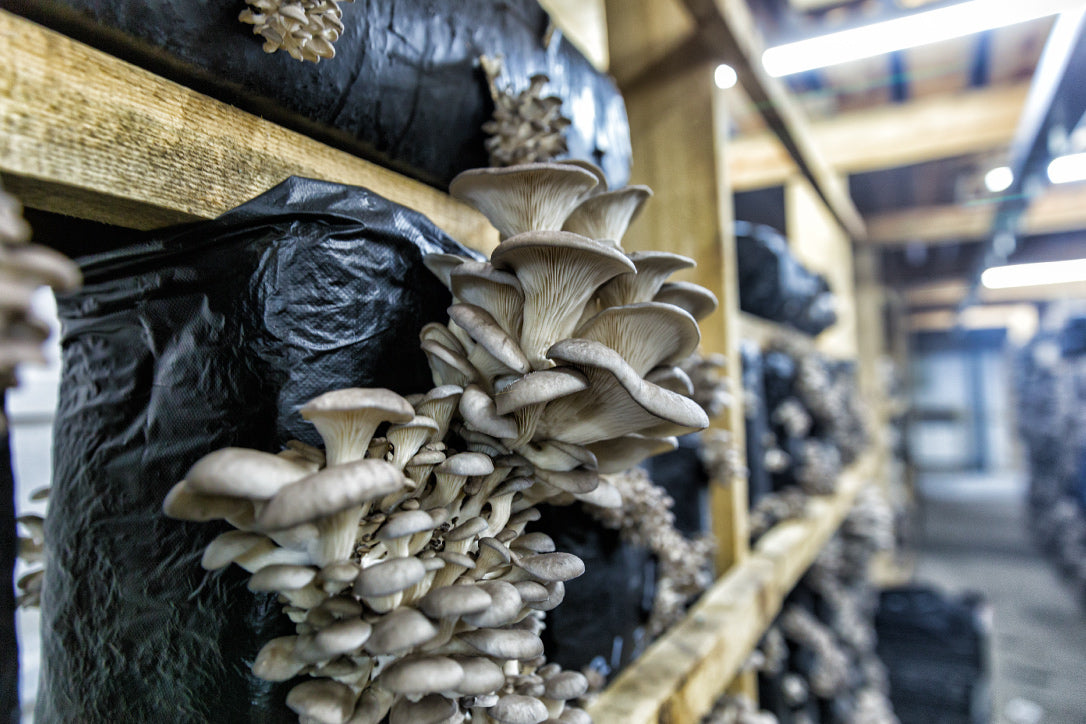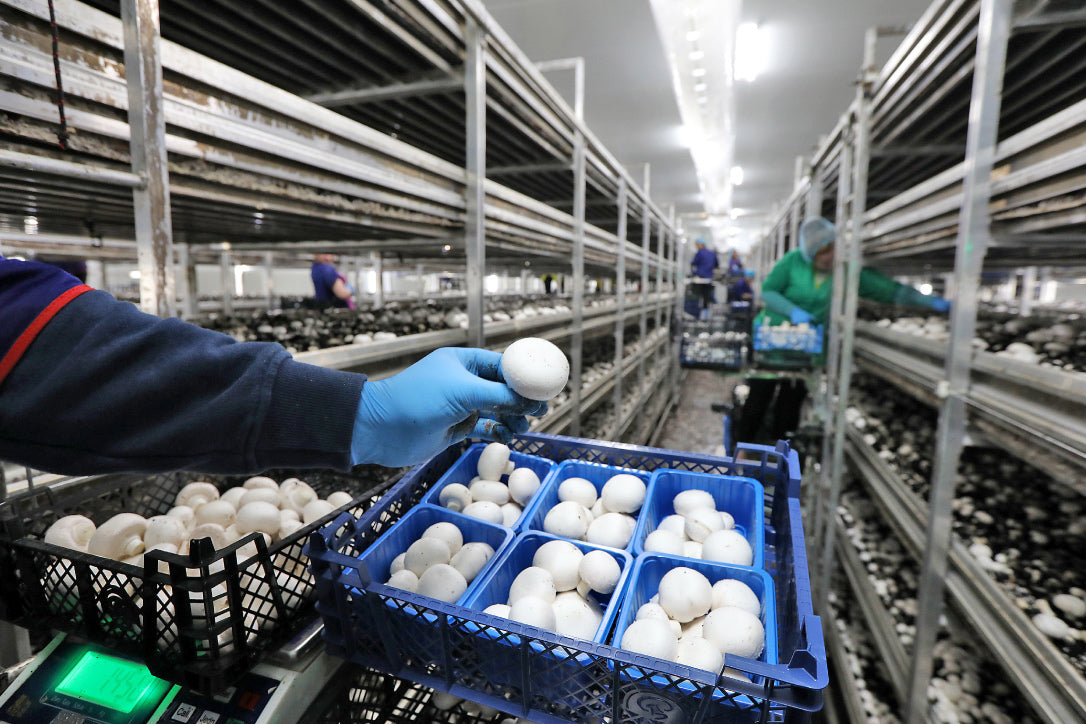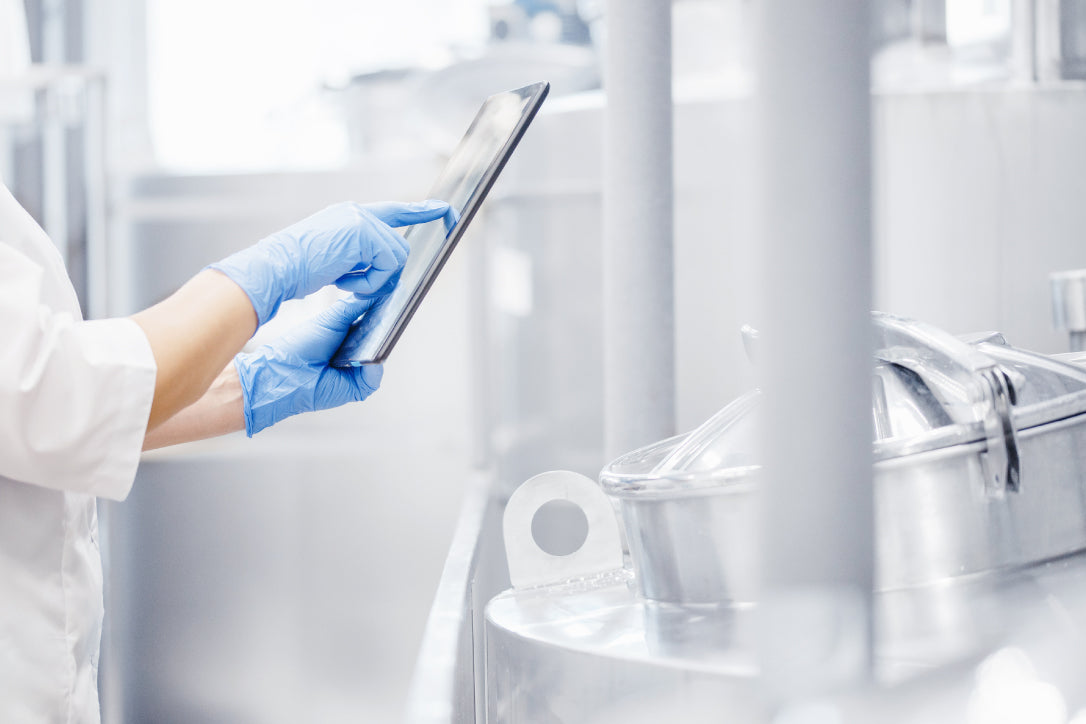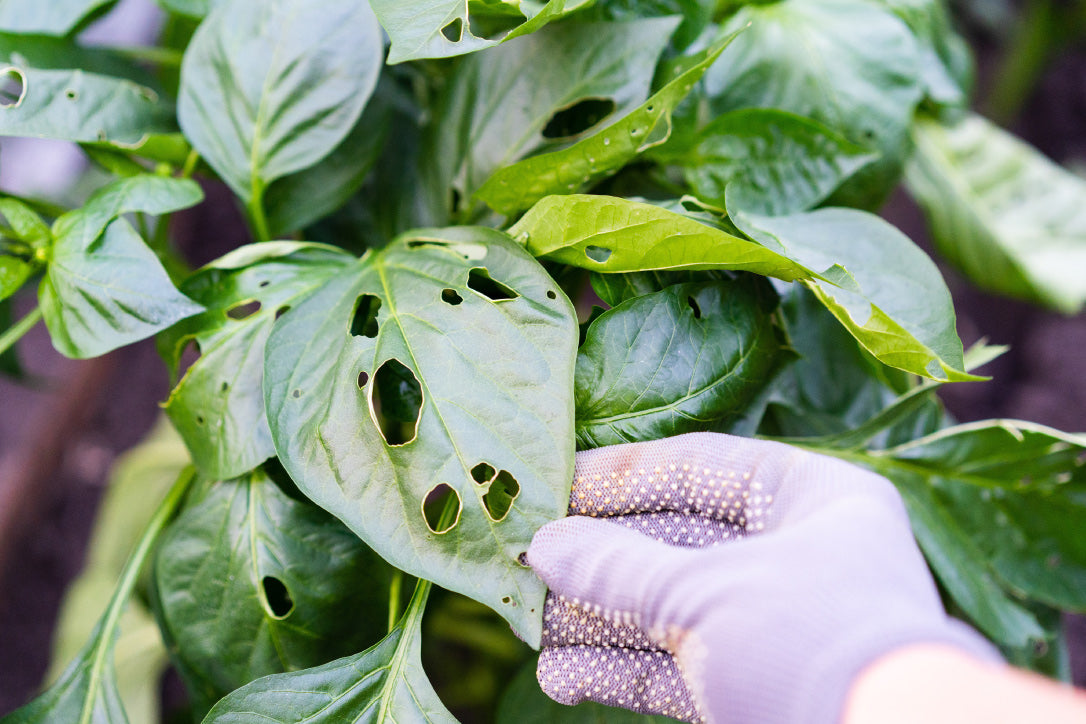Environmental Conditions in Mushroom Cultivation
Environmental conditions play a significant role that needs to be meticulously managed in mushroom production. Many beginners in the world of mushroom cultivation may not realise how critical these factors are. For instance, mushrooms won't grow if the temperature goes above 33 °C or drops below 25°C. Here we will delve into the necessity of developing an automatic environmental control system to provide optimal conditions for mushroom farming, focusing on key variables such as temperature, humidity, and carbon dioxide.

Different Types of Mushrooms and Their Environmental Needs
Not all mushrooms are created equal when it comes to their environmental preferences. For example, White Button mushrooms thrive at temperatures between 21-24°C during their spawning phase, whereas Maitake mushrooms prefer a range of 10-16°C for fruiting and Oyster mushrooms do best between 24-29°C. Humidity requirements also vary between species, further emphasising the need for a tailored environmental approach.
Detailed Environmental Monitoring Systems
Smart monitoring systems allow growers to keep an eye on critical parameters like temperature, humidity, moisture, and light intensity using smart sensors. These are strategically placed around the farm and transmit data to a remote monitoring station. White Button mushrooms, for example, require an optimum temperature range of 22 to 25 °C and a humidity level between 70% to 90%. With remote monitoring this is easily acheived.
"Optimal environmental conditions are key to successful mushroom cultivation. Automated systems help monitor these factors for better yield and quality."
These systems can also incorporate features for traceability and quality control. These capabilities make it possible to track the entire lifecycle of the mushroom production process, thereby ensuring reliability and adherence to food safety measures.
Carbon Dioxide in Mushroom Cultivation
Carbon dioxide (CO2) plays a pivotal role in the health and yield of your mushroom crop. A CO2 sensor is an invaluable tool for monitoring and adjusting CO2 levels in your growing environment. Understanding the specific CO2 requirements of your chosen mushroom species is crucial because these needs may vary. For instance, some varieties might require higher CO2 concentrations during the fruiting stage.

Controlling CO2 Levels
Carbon dioxide (CO2) is produced during the mushroom's growth in compost, which negatively affects mushroom growth during pinning. This makes proper HVAC, linked to your smart system, essential. Pinning is the trickiest part for a mushroom grower since a combination of CO2 concentration, temperature, light, and humidity triggers mushrooms toward fruiting. To induce pinning, CO2 concentrations are then lowered to about 0.08% to 0.04% (800ppm to 400ppm) - the levels found in ambient air.
By keeping an eye on your CO2 levels and having automated adjustments, you can ensure that your mushrooms grow uniformly and achieve their best possible quality.
Moving Forward
Navigating the intricate world of mushroom cultivation is a challenge that rewards meticulous attention to detail. With so many environmental variables like temperature, humidity, and CO2 levels to manage, an all-in-one smart IoT system becomes not just convenient but essential for successful mushroom growing. These smart systems don't just assist during the growth phase; their utility can be extended by adding more sensors for the post-harvest period.
This ensures that your mushrooms are not only grown under optimal conditions but are also stored and transported safely, maintaining their quality from farm to table. As technology continues to advance, such integrated solutions will be indispensable in elevating mushroom cultivation from an artisanal craft to a streamlined, profitable venture.





